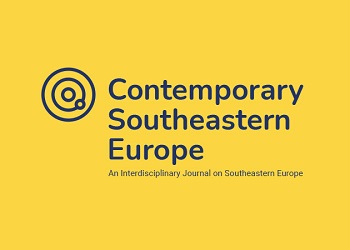The Image of the Stranger in Post-Yugoslav Films
The Image of the Stranger in Post-Yugoslav Films
Author(s): Renate Hansen-KokorusSubject(s): Sociology of Culture, Film / Cinema / Cinematography
Published by: Universität Graz
Keywords: Post-Yugoslav Film; stranger;
Summary/Abstract: Films produced during the last two decades in the post-Yugoslav states1 often deal with the subject of these states’ recent history, focusing on the war and its consequences for human beings, as well as the consequences of political and economic transition, such as an increasing wealth gap, criminality, lack of perspectives, unemployment etc. The methods of presentation and modality range from the serious to the comical and grotesque. As these films reflect in special ways people’s new situation in the new post-Yugoslav countries, questions of self-image, understanding of oneself and of the cruel experiences of war are of utmost importance. The cultural, psychological and political positions of the countries that formerly belonged to Yugoslavia came into new focus with the fall of the Iron Curtain and the breakup of Yugoslavia, while the relationship between East and West staggered and required repositioning. However, in this time the political, economic and psychological situation of the West, especially of Central Europe, also changed fundamentally; this was noticed from outside, from the regions affected by war and poverty as a result of closing their borders.2
Journal: Contemporary Southeastern Europe
- Issue Year: 4/2017
- Issue No: 2
- Page Range: 141-151
- Page Count: 11
- Language: English

